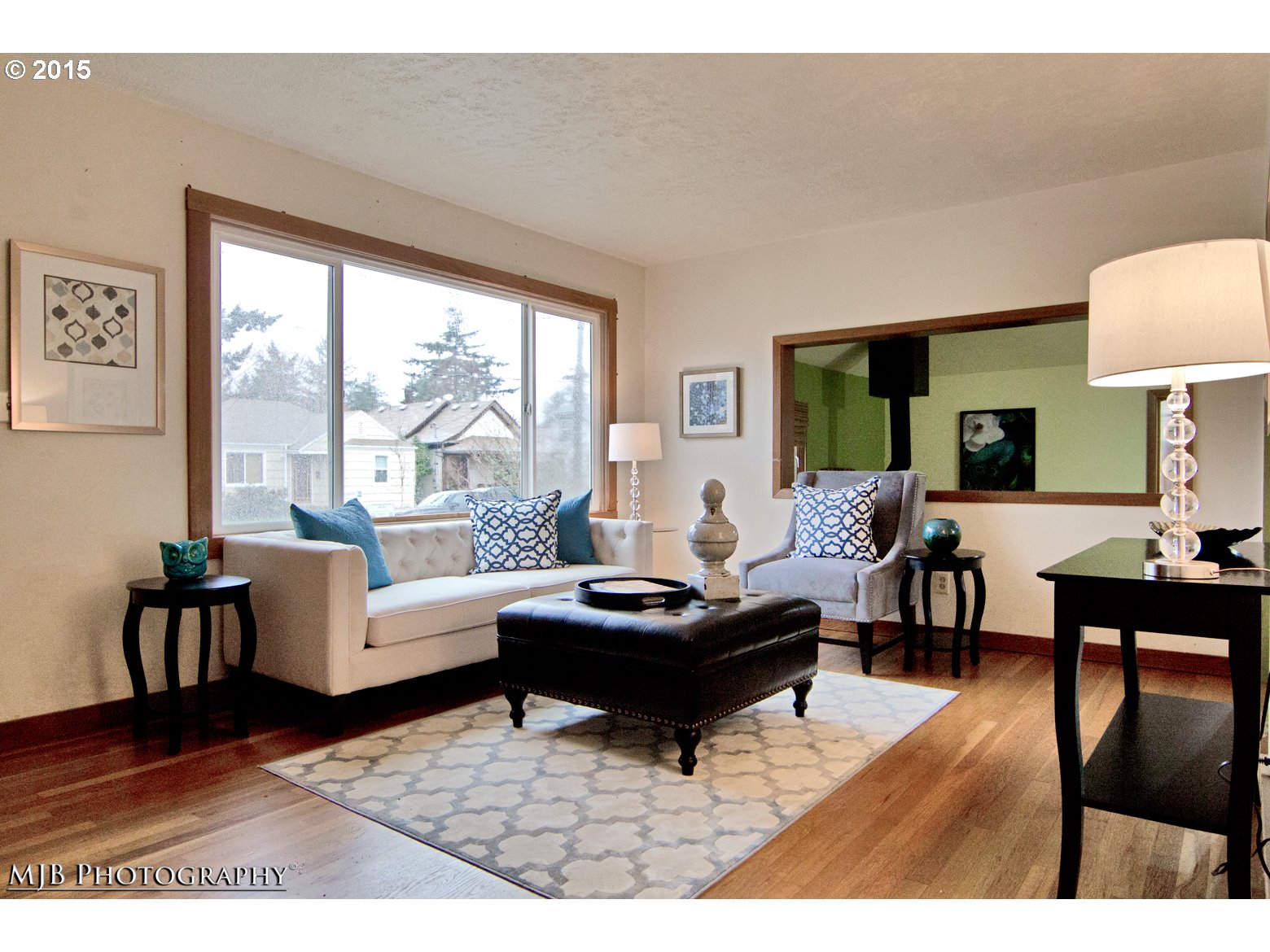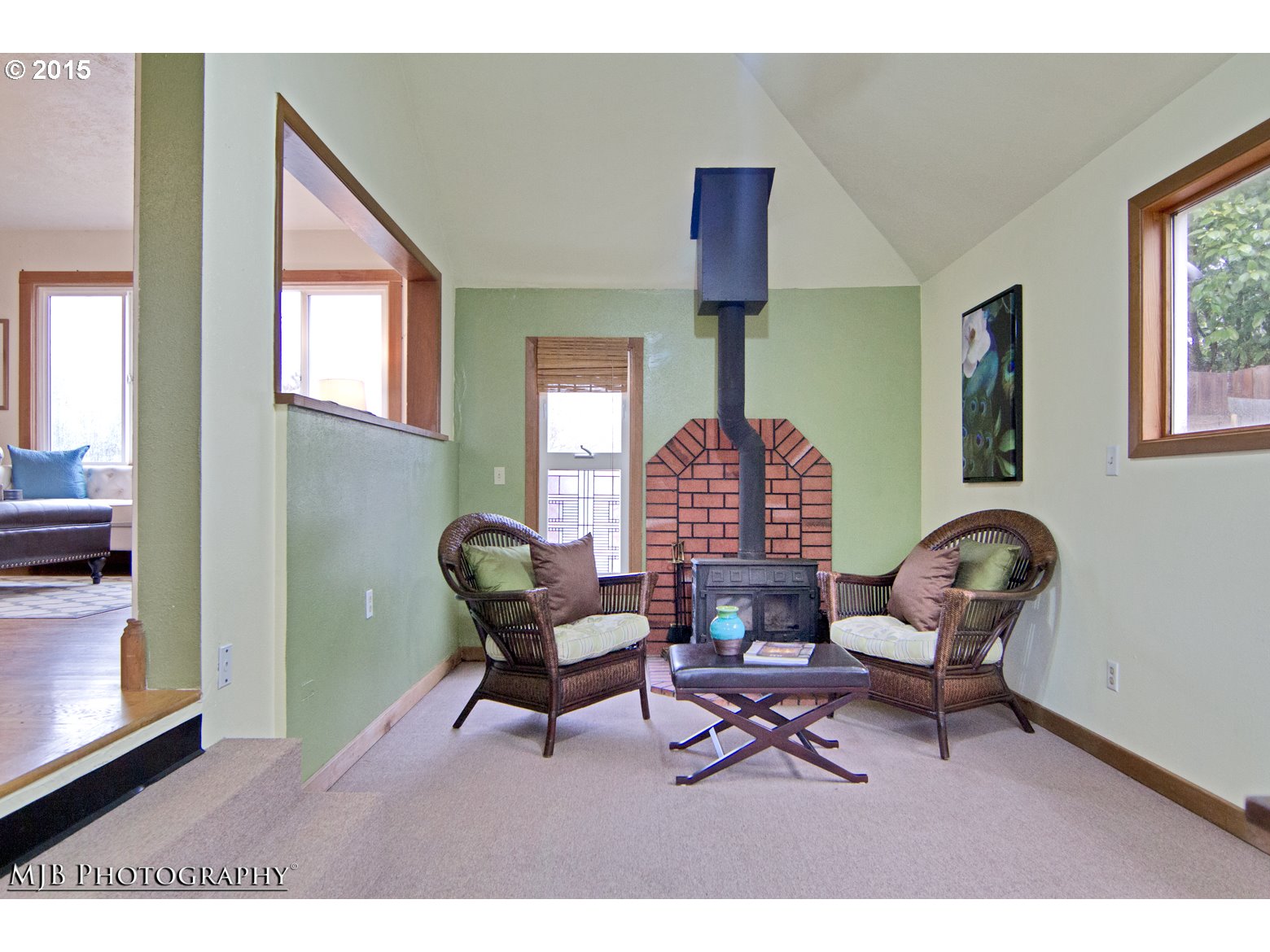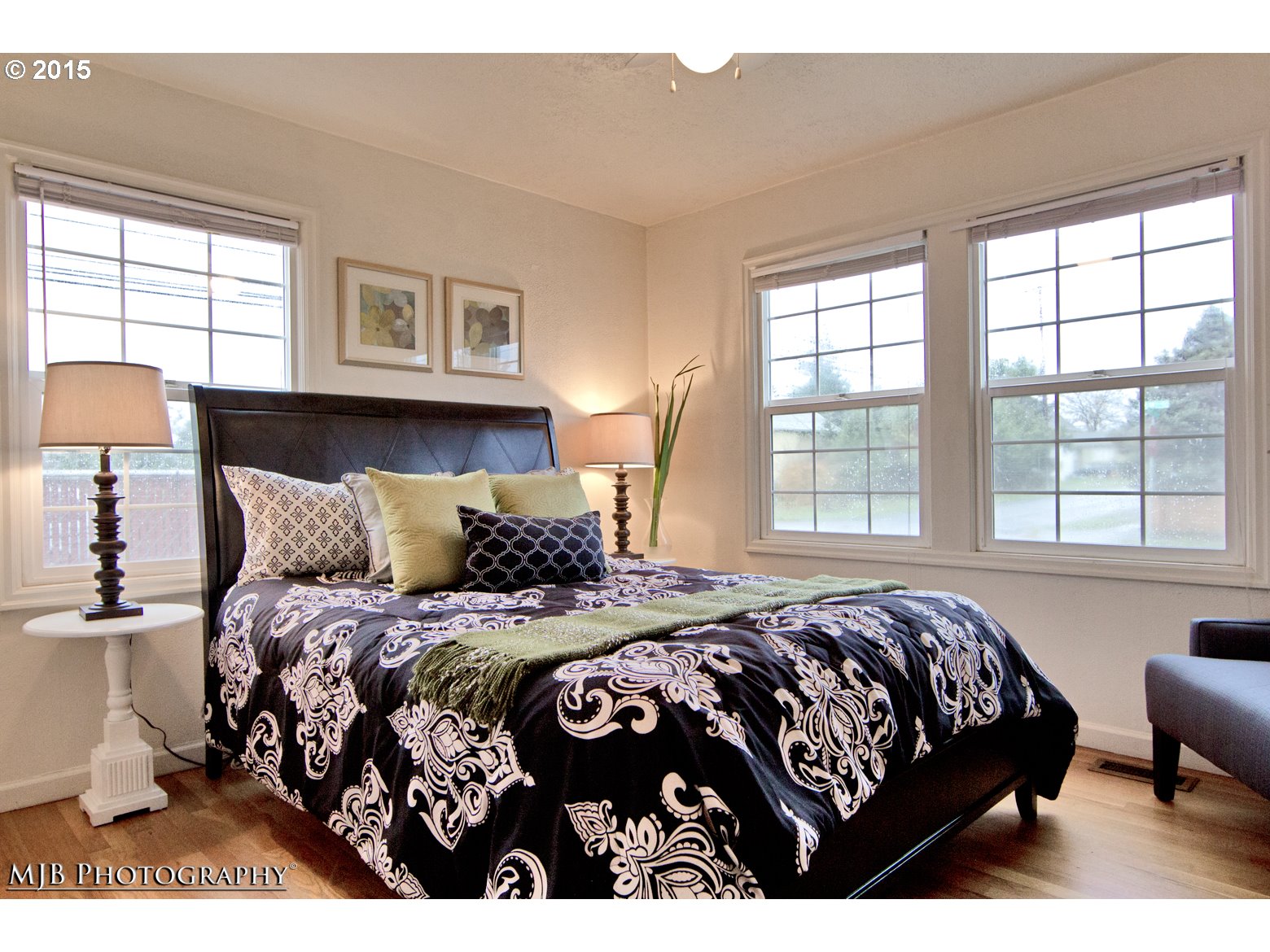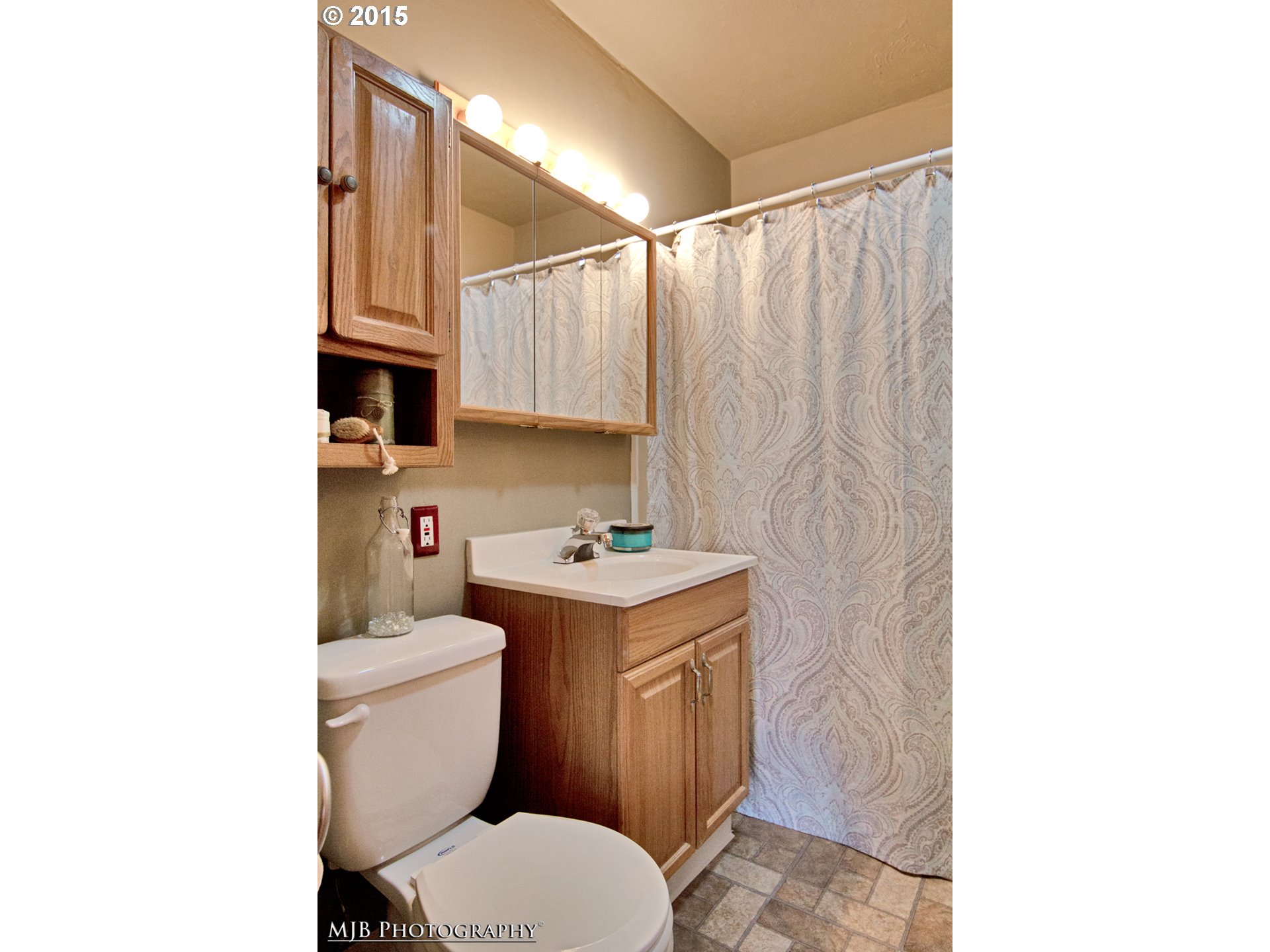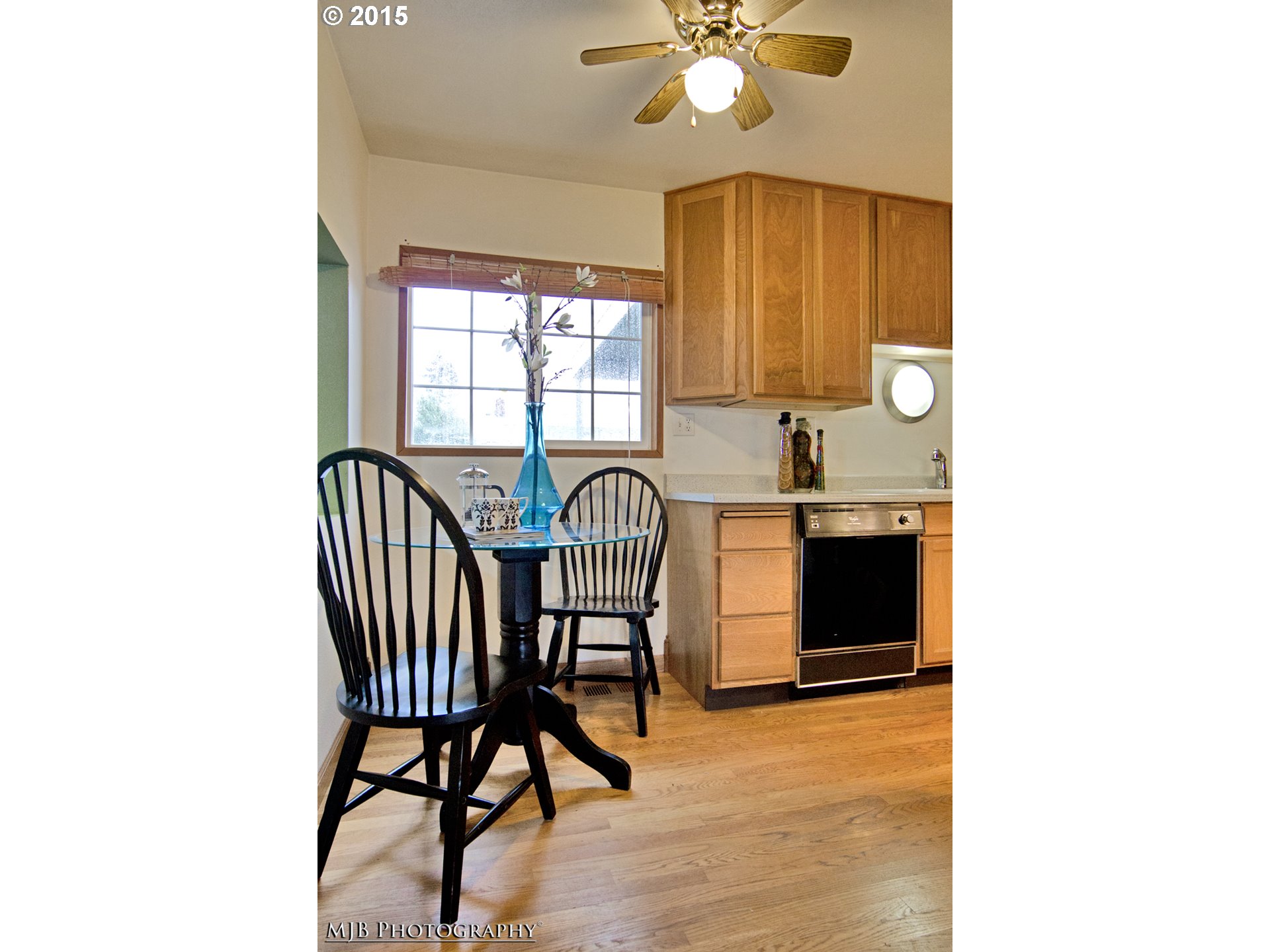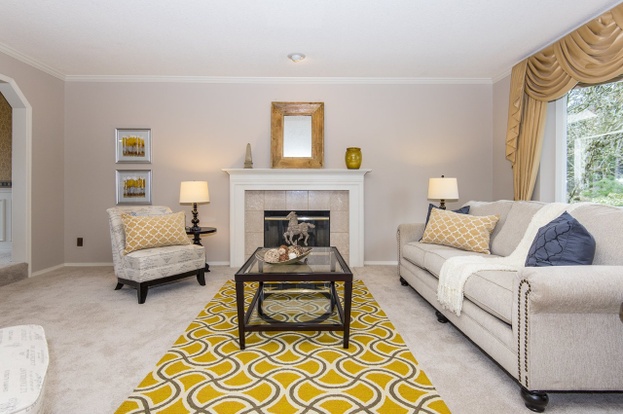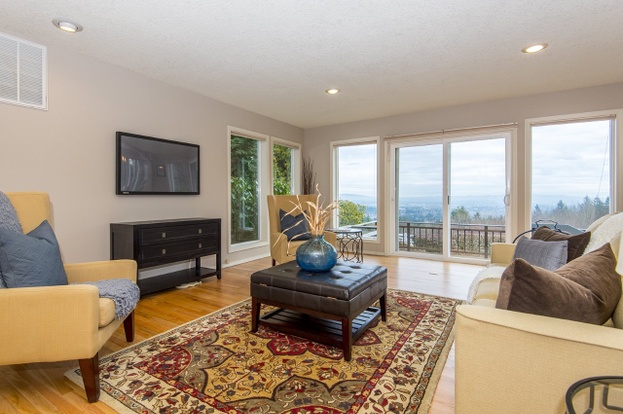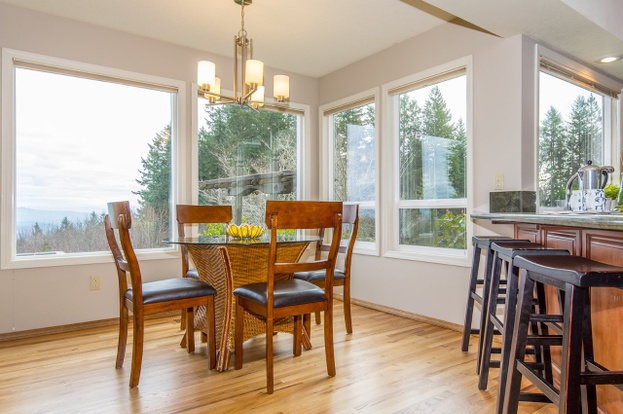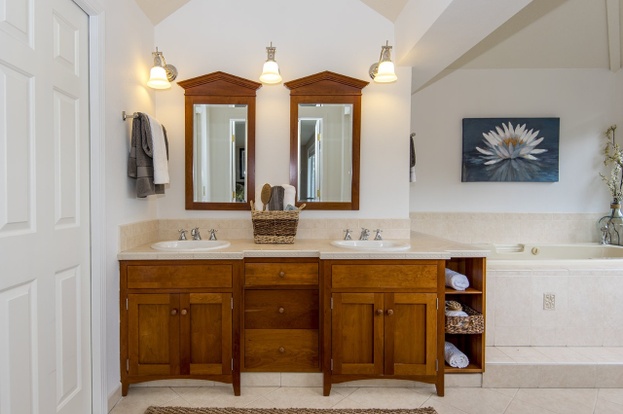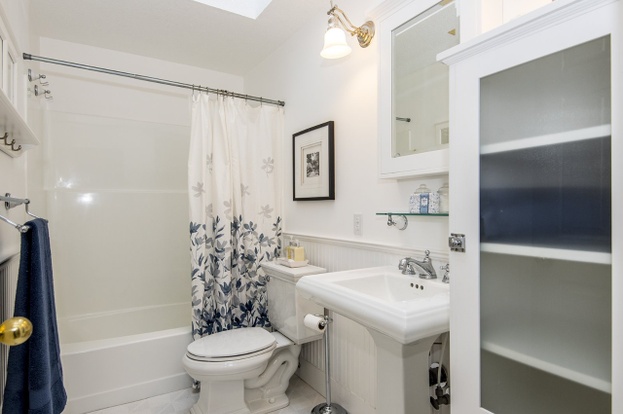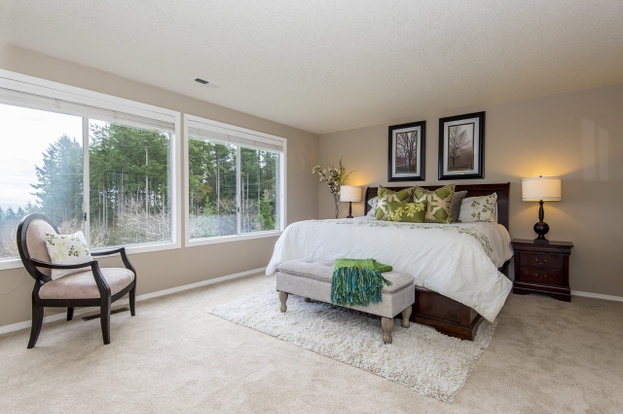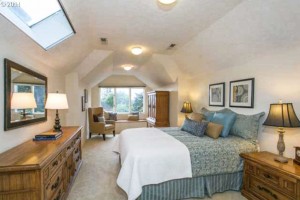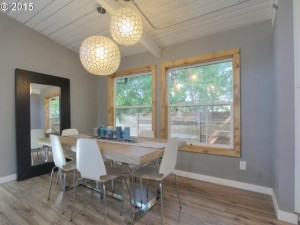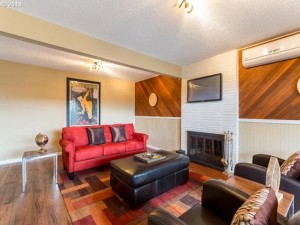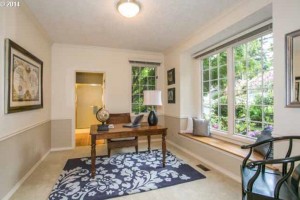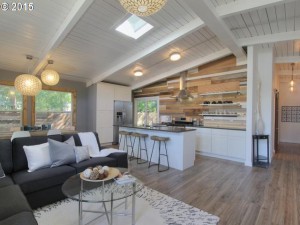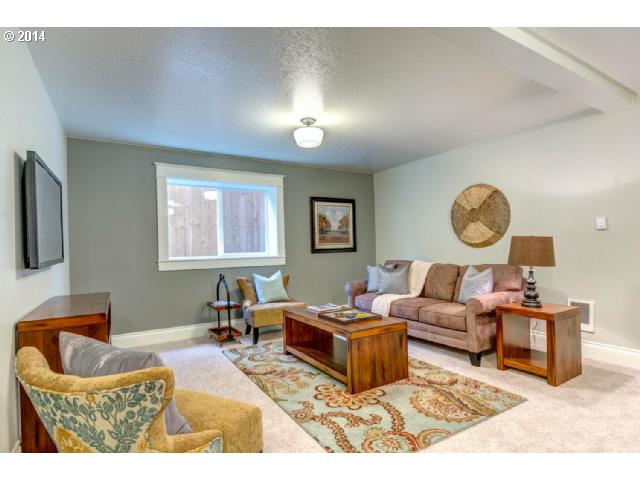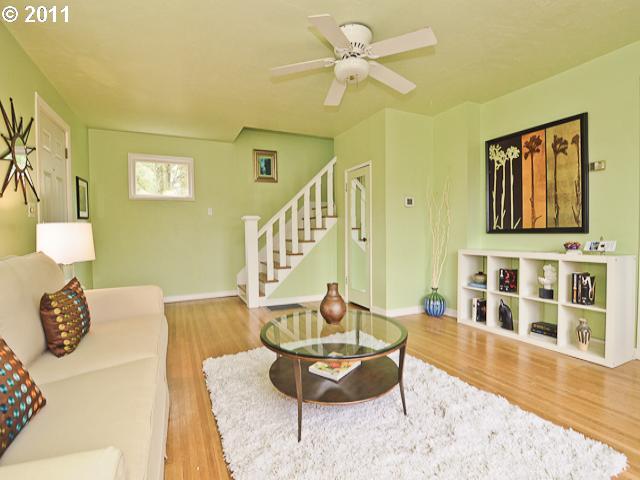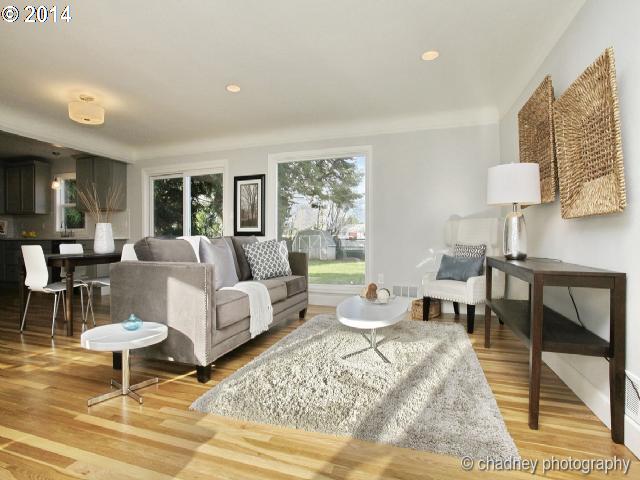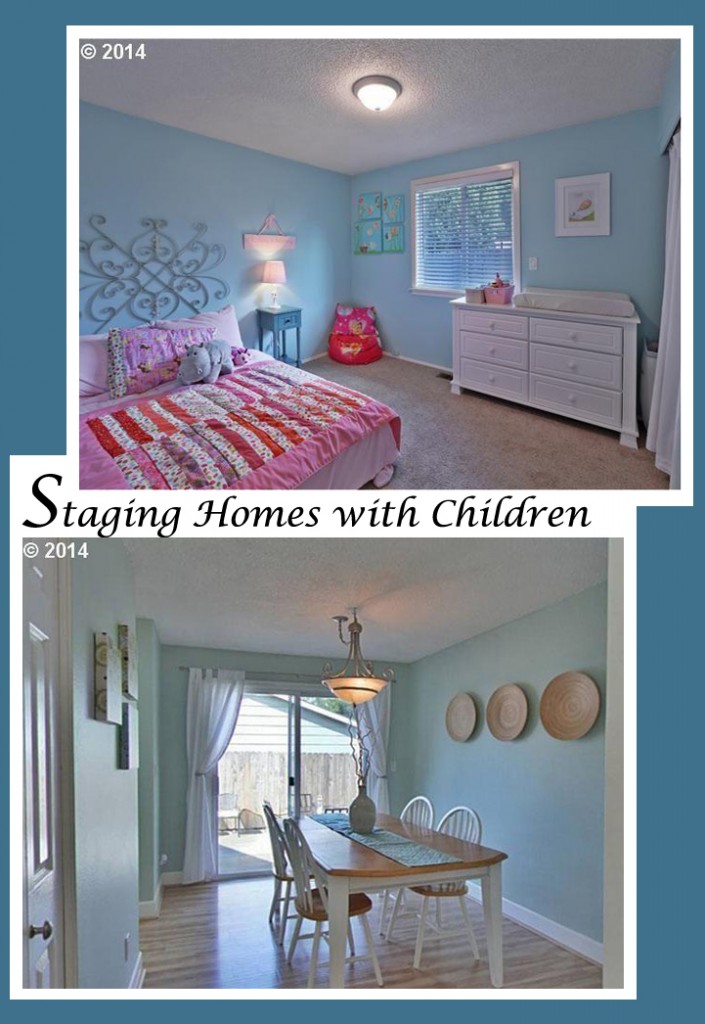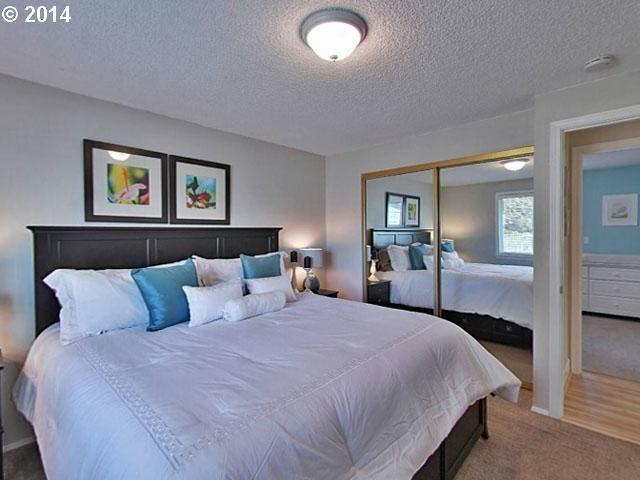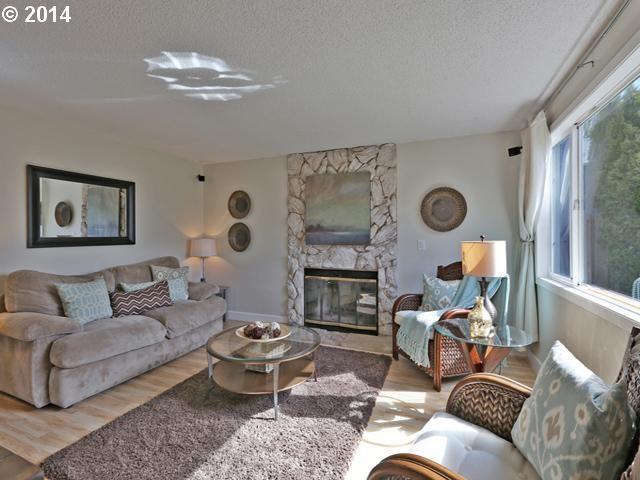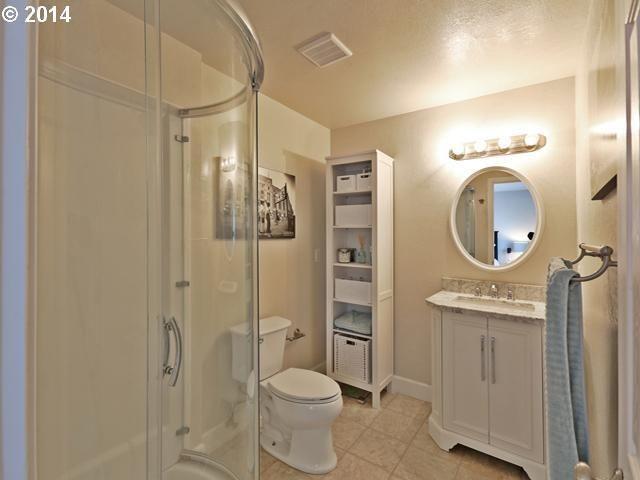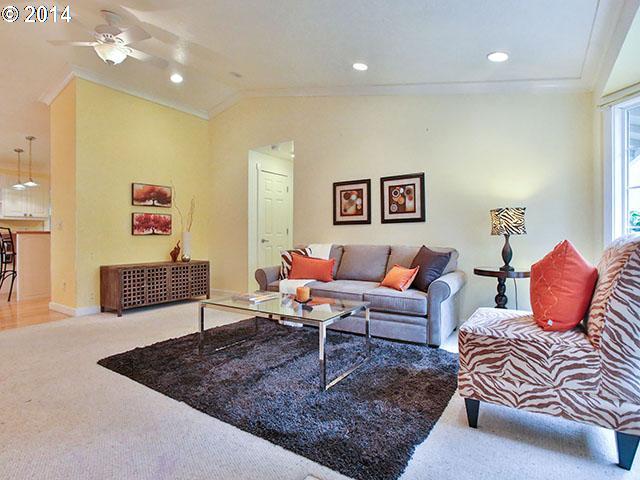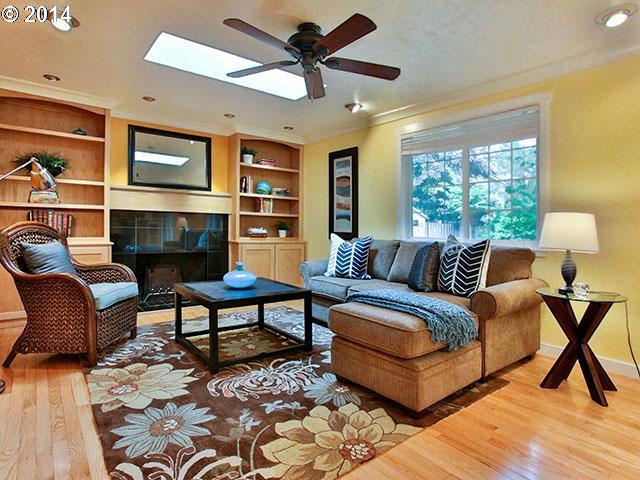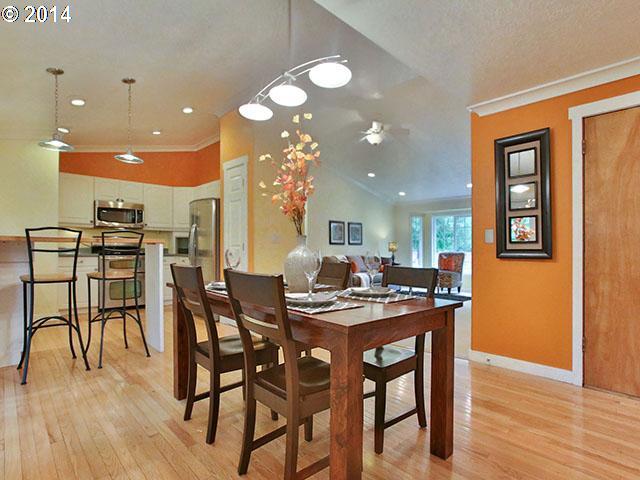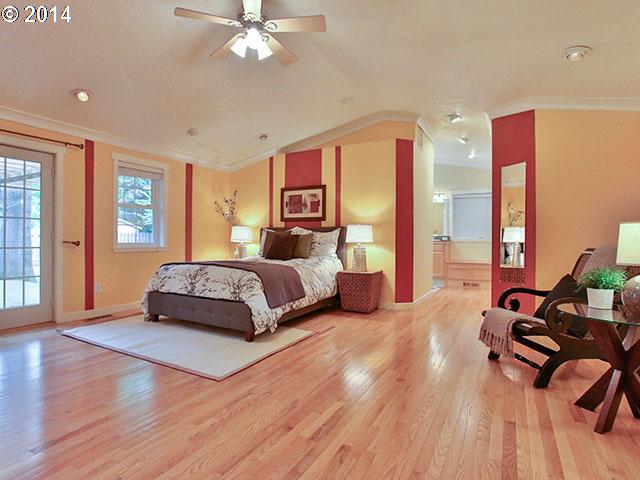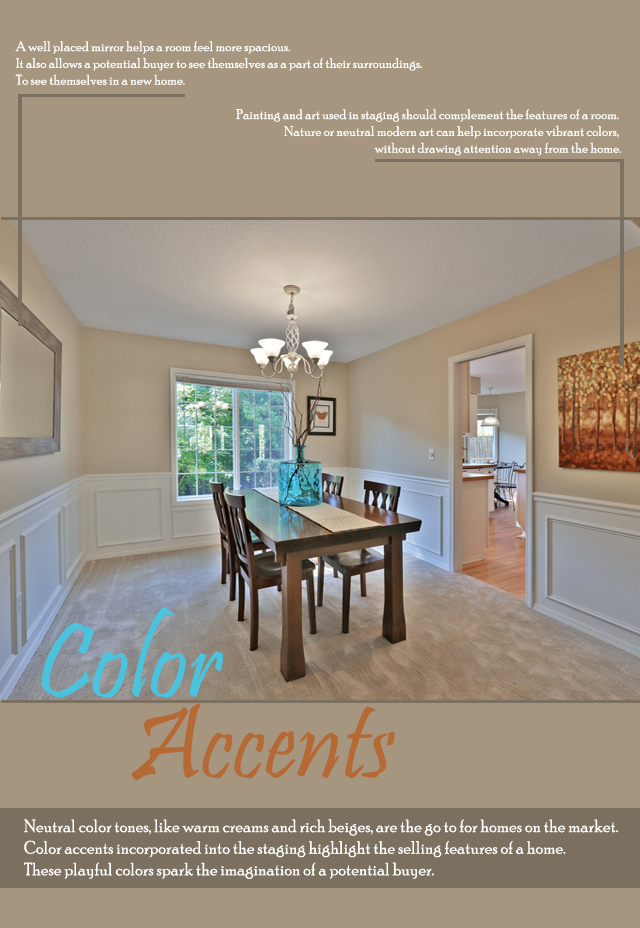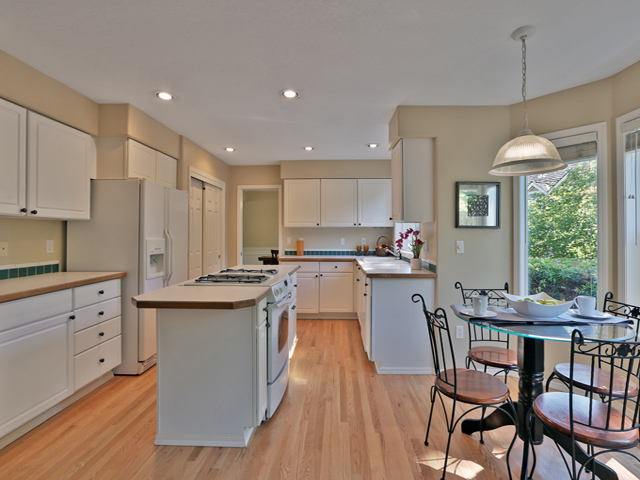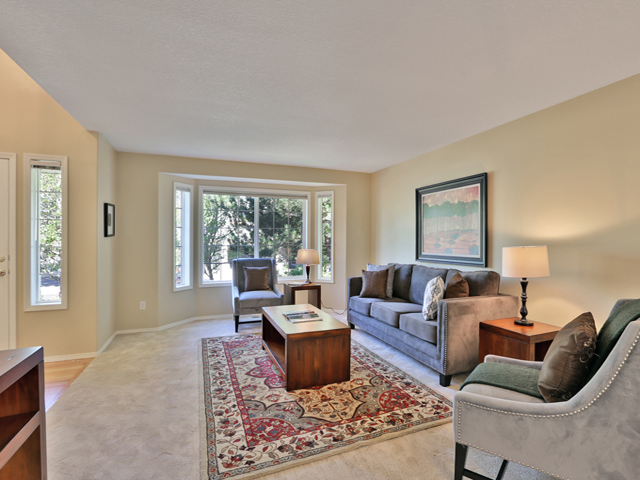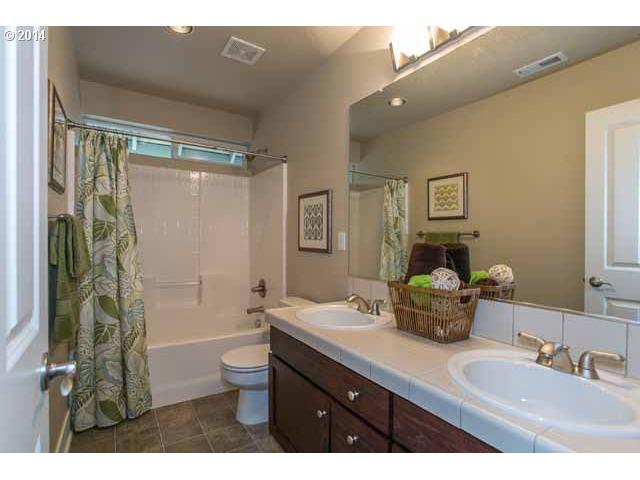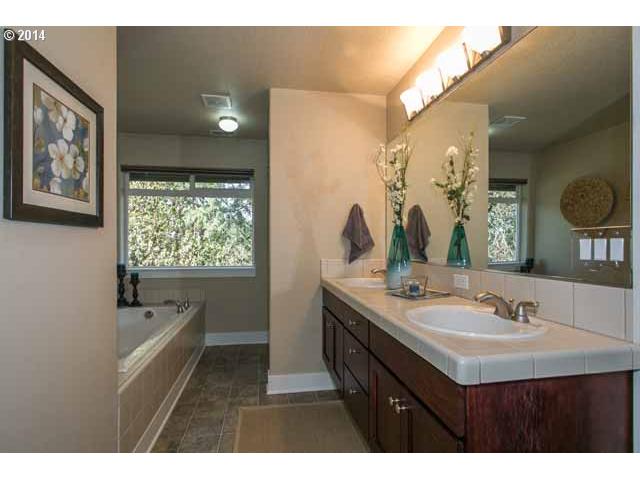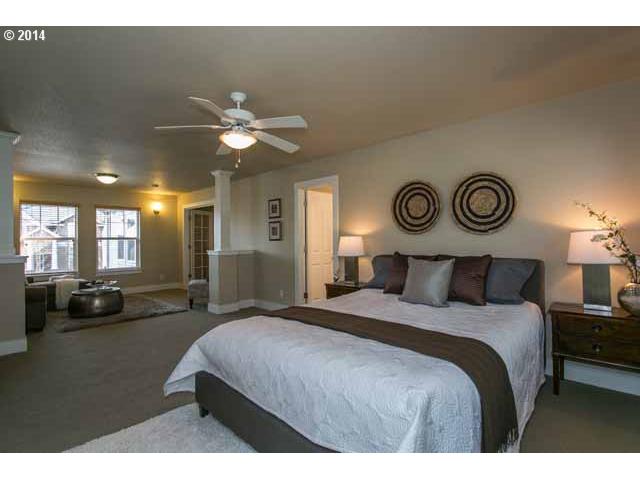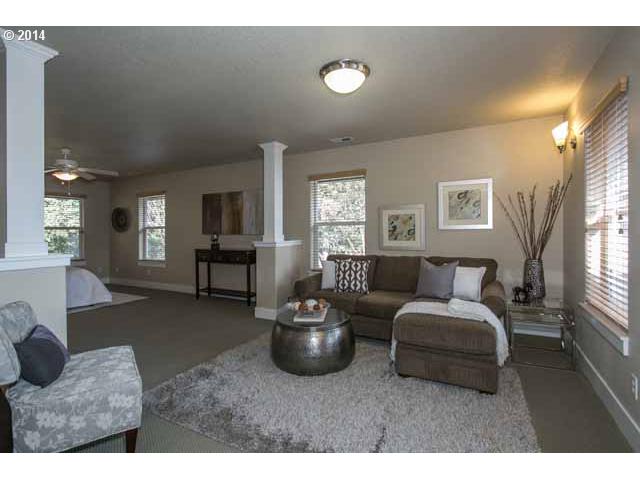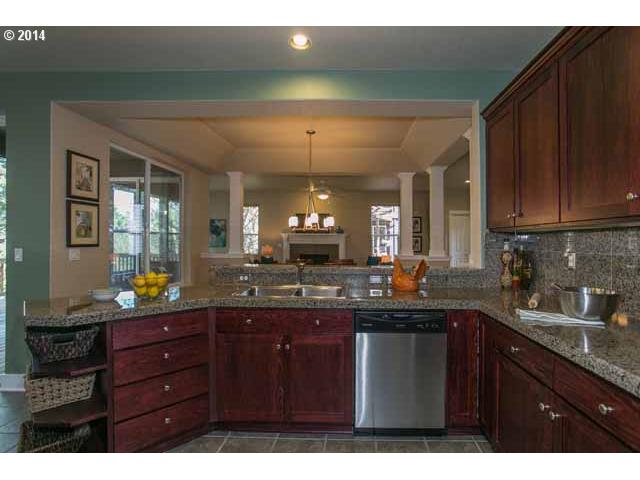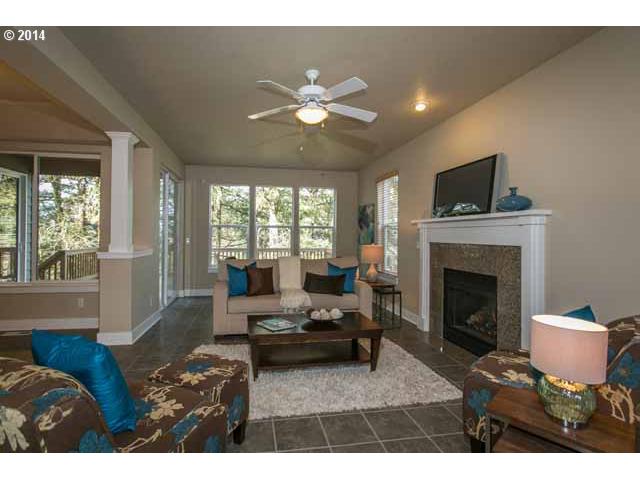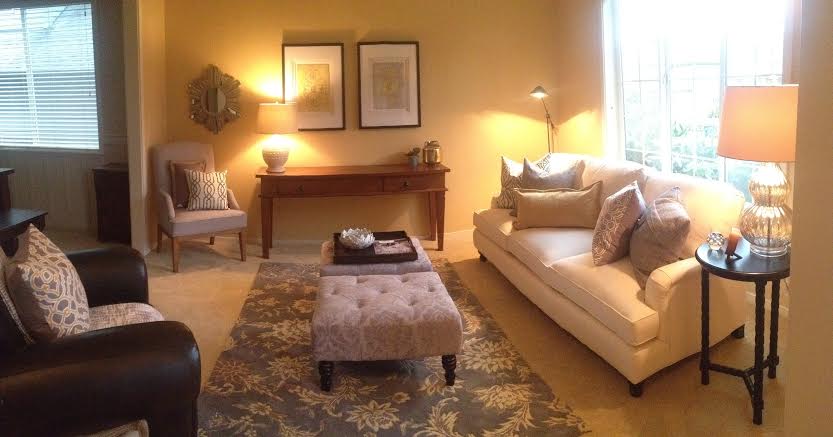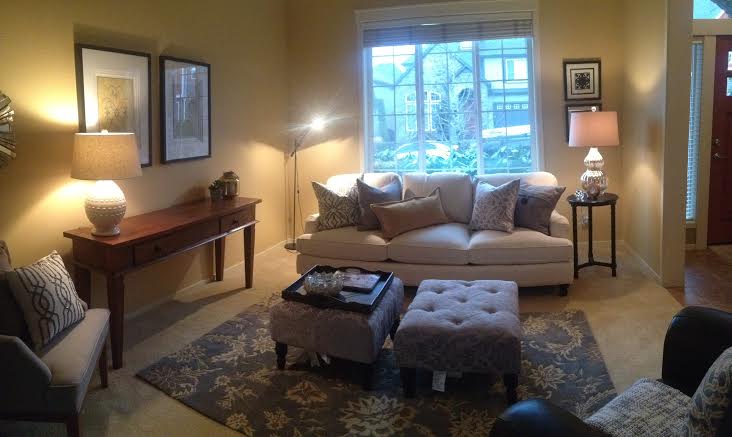#1: Declutter
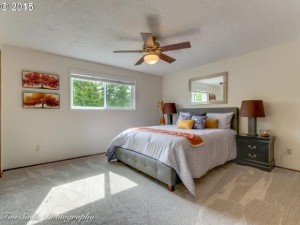
UCLA’s Center on Everyday Families published the book “Life at Home in the Twenty-First Century: 32 Families Open Their Doors.” It looks at material culture, and finds that an excess of material items and clutter causes stress.
Selling a home is often already a very stressful process, the last thing you need is the additional stress that clutter brings. Decluttering will not only get your home in prime condition for selling, it will help you feel calmer when tackling the tasks that come with putting your house on the market.
#2: Deep Clean and Deodorize
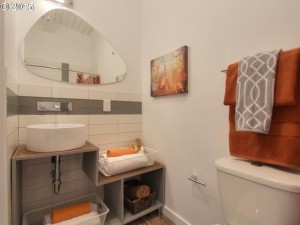
In the article, Why Can’t You Smell Your Own Home?, Melissa Dahl interviews cognitive psychologist Pamela Dalton. Dalton says that sensory adaption is most common with scent. It’s not unusual for a home owner to no longer be able to identify what their home smells like. But the smell of a home can have a huge effect on your ability to sell. A recent survey of realtors in Ontario found that smoking in a home could lower its value up to 30%.
Be aware that some people have allergies to synthetic scents. It is best to eliminate odors, instead of masking them.
#3: Depersonalize
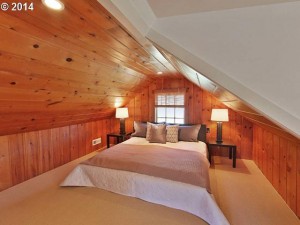
In The Atlantic, The Psychology of the Home: Why Where You Live Means So Much, Julie Beck writes about how our home becomes part of how we define ourselves. The way we decorate a home is often deeply connected to our interests, and how we see ourselves.
It is important when staging your home to emotionally step back. Would be buyers want to be able to connect with the house, and envision it as their home. Removing personal items will create a more neutral and welcoming environment for a buyer.
#4: Using Color Accents
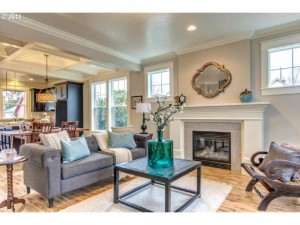
The Study, Aesthetic response to color combinations: preference, harmony, and similarity, found that people prefer harmonious color pallets when they are paired with contrasting color accents. Use your staging accessories to your advantage by picking an accent hue that will contrast with the base colors used for the walls and furniture.
#5: Lights, Lights, Lights
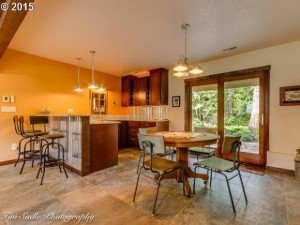
The University of Toronto Scarborough published an article last year in the Journal of Consumer Psychology about how lights affect a buyers feeling about products. The findings were that emotions were intensified by bright lighting. Alison Jing Xu, one of the researchers who conducted the study, concluded that stores selling “emotionally expressive products” should be brightly lit.
As a Stager, I recommend using at least three sources of light: natural lighting, floor lamps, ceiling lighting, or accent lights are all good options. The combination of the multiple angles of lights creates a bright warm ambiance that will affect how a buyer views your home.
Remember though, bright lighting isn’t a fix for flaws in your home. Since positive and negative emotions are felt more intensely it is important to invest in maintenance to show off your home in its best light.
